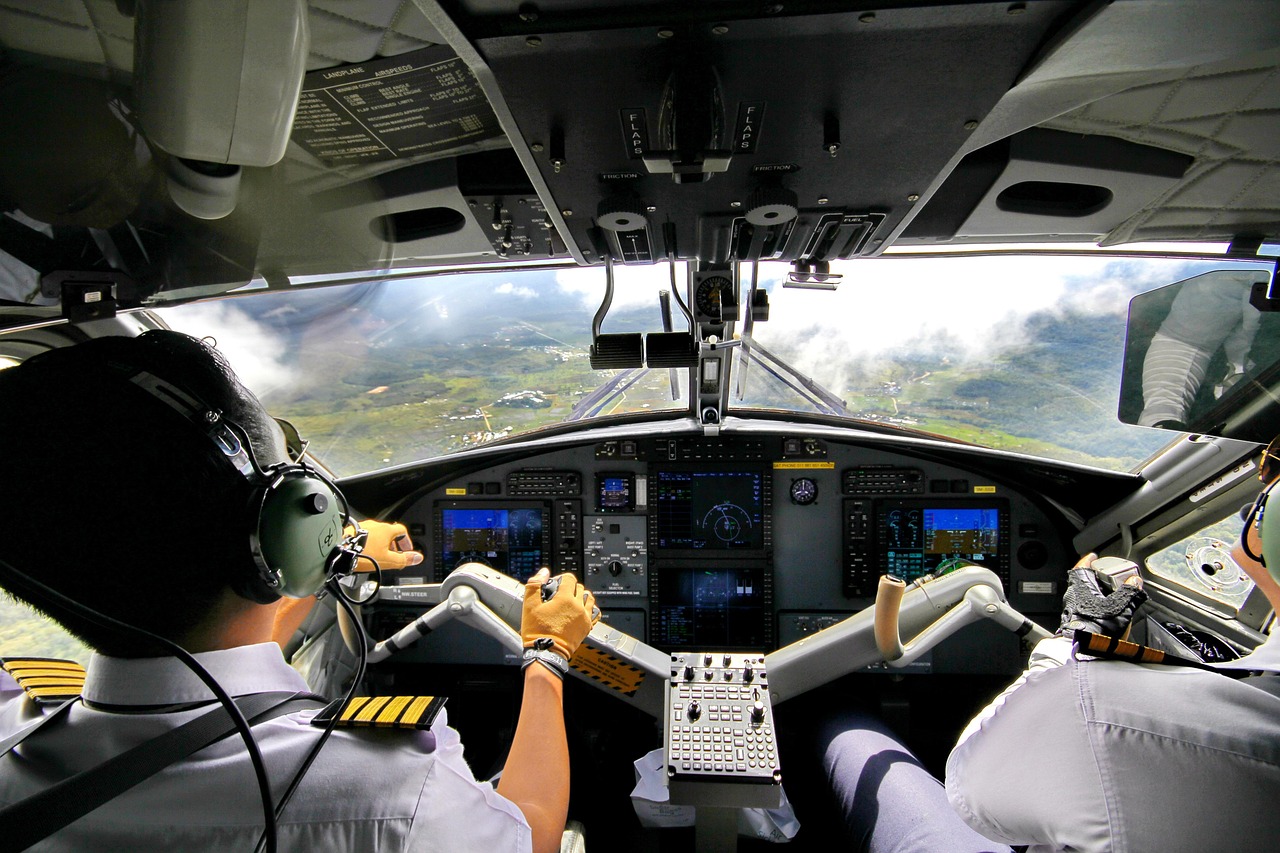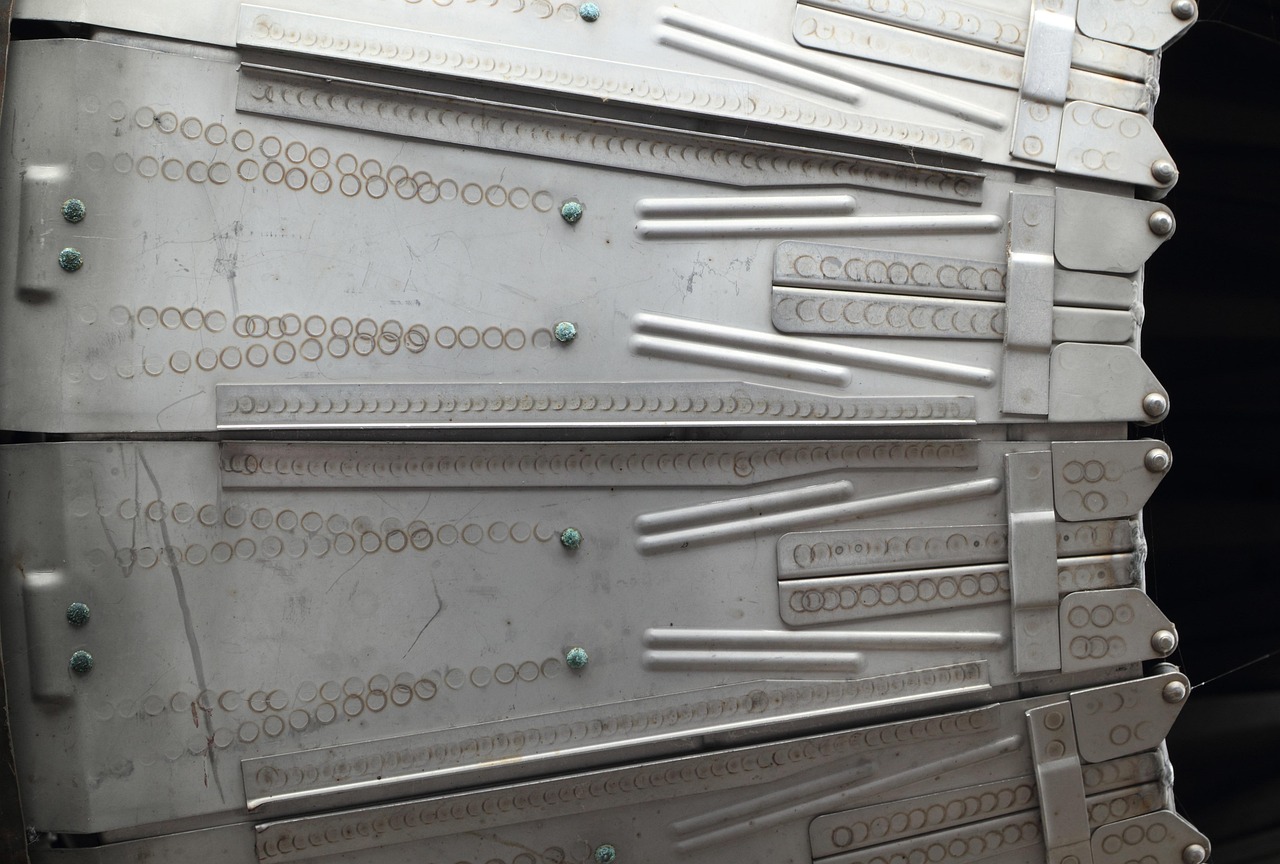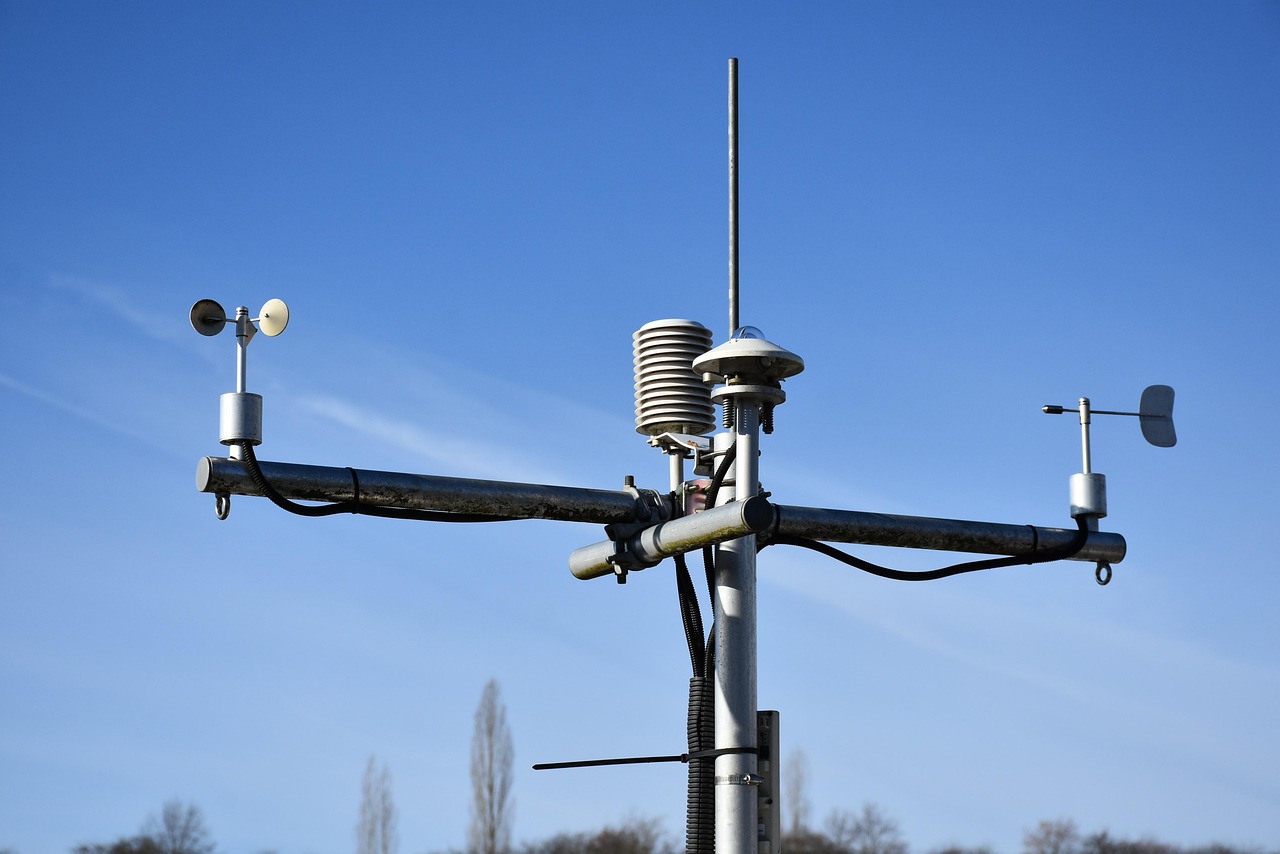NFT-Licensed Street Photography: The Intersection of Art, Technology, and Ownership

In recent years, the digital art world has witnessed a groundbreaking evolution with the advent of non-fungible tokens (NFTs). This blockchain technology has revolutionized how digital assets, including street photography, are bought, sold, and owned. As NFTs continue to gain traction, they bring forth significant implications for photographers, collectors, and the art industry at large.
Street photography, a genre that captures candid moments in public spaces, has always been a dynamic form of artistic expression. With the rise of NFTs, photographers are now exploring new avenues to license and monetize their work. This article delves into the intricacies of NFT-licensed street photography, examining its impact on the art world and the broader implications for digital ownership.
Understanding NFTs in the Context of Street Photography
Non-fungible tokens are unique digital assets verified using blockchain technology. Unlike cryptocurrencies such as Bitcoin or Ethereum, which are fungible and can be exchanged on a one-to-one basis, NFTs are distinct and cannot be exchanged equivalently. Each NFT holds specific information that makes it unique, and this uniqueness is what gives NFTs their value.
For street photographers, NFTs offer a new paradigm of ownership. By minting a photograph as an NFT, photographers can create a digital certificate of authenticity, ensuring proof of ownership and origin. This process protects the artist’s intellectual property, providing a secure and transparent way to sell their art.
The Global Context of NFT-Licensed Street Photography
The adoption of NFTs in the art world has been swift and global. Major auction houses like Christie’s and Sotheby’s have embraced NFTs, auctioning off digital artworks for millions of dollars. This trend is not limited to traditional art forms but extends to photography, including street photography.
Globally, photographers from diverse backgrounds are leveraging NFTs to reach a broader audience. This democratization of the art market allows artists from underrepresented regions to showcase their work on a global stage, often without the need for intermediaries. Furthermore, blockchain technology enables photographers to receive royalties from secondary sales, ensuring ongoing revenue streams.
Challenges and Considerations
While NFTs offer promising opportunities, they also present challenges that photographers must navigate. Some key considerations include:
- Environmental Impact: The blockchain technology underpinning NFTs is energy-intensive, raising concerns about its environmental footprint. Photographers must weigh the benefits of NFTs against their ecological impact.
- Legal and Ethical Issues: Street photography often involves capturing images of people without explicit consent. Photographers must consider privacy laws and ethical guidelines when minting such images as NFTs.
- Market Volatility: The NFT market is still nascent and subject to volatility. Photographers should be cautious about the potential financial risks involved.
The Future of NFT-Licensed Street Photography
As NFT technology matures, it is poised to redefine the landscape of street photography. By providing a framework for digital ownership and monetization, NFTs empower photographers to take control of their work in unprecedented ways. However, the future will likely involve overcoming current challenges and navigating the evolving legal and ethical landscape.
For the tech-literate professional audience, understanding the nuances of NFTs in street photography is essential. As the technology continues to evolve, staying informed about its developments and implications will be crucial for those engaged in the digital art space.
In conclusion, NFT-licensed street photography sits at the intersection of art, technology, and ownership. While it offers exciting new possibilities for photographers, it also demands a careful consideration of its broader implications. As the world continues to embrace digital transformation, NFTs will undoubtedly play a pivotal role in shaping the future of art and photography.














